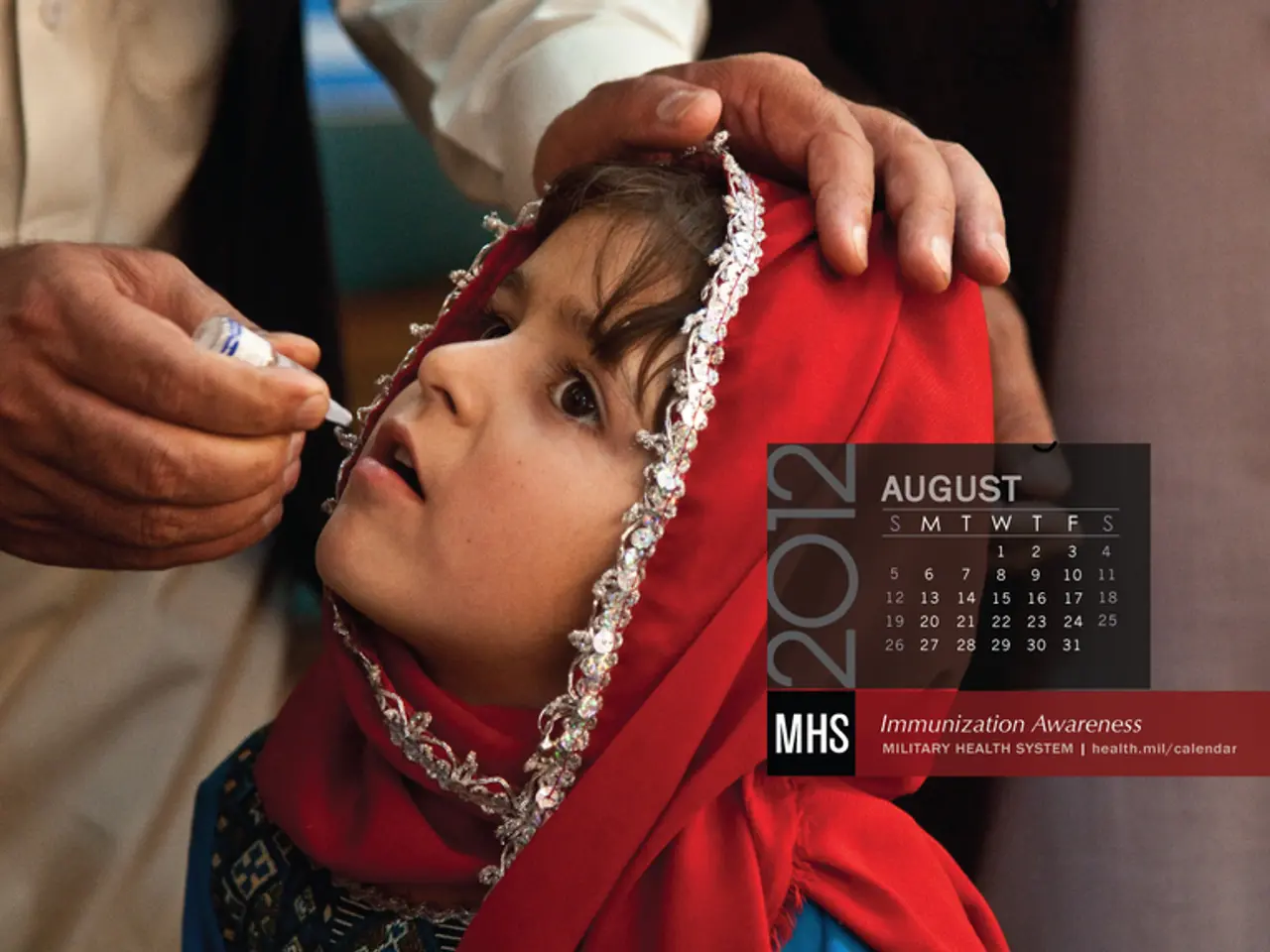Keratolysis Pits: Understanding Causes, Recognizing Symptoms, and Treatment Approaches
Pitted keratolysis is a bacterial infection that can affect the skin on the soles of the feet or the palms of the hands. This condition, characterized by small, depressed pits in the top layer of the skin, can lead to a bad smell and, if left untreated, can worsen to form large crater-like lesions.
The bacteria species Kytococcus sedentarius, Dermatophilus congolensis, Corynebacterium, or Actinomyces are usually responsible for causing pitted keratolysis. The main symptom is clusters of small pits, each around 1-3 millimeters in size, on the affected area. The skin may also appear white or wrinkly, and the condition can be more pronounced when the feet are wet.
Excessive sweating and moist, occlusive conditions on the feet are the key risk factors for pitted keratolysis. This is often compounded by systemic conditions like diabetes or skin disorders. Other risk factors include prolonged use of occlusive footwear, heat and humidity, poor foot hygiene, and occupational exposure to frequent water or moisture contact.
A doctor will usually prescribe a topical antibacterial medication to treat pitted keratolysis, such as erythromycin, clindamycin, or mupirocin. In rare cases, oral antibiotics may be recommended. Additionally, the doctor may treat excessive sweating as a contributing factor with aluminum chloride 20% solution or off-label botulinum toxin injections.
It is important to note that with the right treatment, the infection and the smell will usually clear up within a few weeks. However, the infection can come back, and preventive measures should be taken. These include wearing absorbent cotton or wool socks, washing the feet with soap or antiseptic cleanser twice a day, applying antiperspirant to the feet, avoiding wearing the same shoes 2 days in a row, and avoiding sharing footwear or towels with others.
Anyone who thinks they have pitted keratolysis should speak to a doctor for a diagnosis and prescription antibacterial medicines. By understanding the risk factors and taking preventive measures, individuals can help stop the infection from coming back and maintain healthy, odour-free skin.
- Beyond pitted keratolysis, other medical-conditions, such as diabetes, can impact one's health-and-wellness.
- Skin-conditions like atopic dermatitis and psoriasis often require specific skin-care routines for effective management.
- There are multiple types of cancer, but early detection and prediction through science can lead to successful treatment.
- Multiple sclerosis is a debilitating neurodegenerative disease that affects the brain and spinal cord, causing symptoms like depression, migraine, and even vision loss.
- HIV is a viral infection that attacks the immune system, making the body susceptible to various diseases, including tuberculosis and certain types of hepatitis.
- Bipolar disorder is a mental health condition characterized by extreme mood swings, leading to periods of depression and mania.
- Predictive models in medical science can help identify risk factors for arthritis, enabling early intervention and prevention.
- While pitted keratolysis is treatable, conditions like sclerosis or cancer require long-term management under a doctor's care.
- Maintaining good hygiene, including washing hands regularly, can help prevent the spread of harmful bacteria and infections, like HIV.
- Skin-care products labelled 'AQ' are designed to be safe for individuals with sensitive skin or specific skin-conditions like eczema.
- Along with treating the primary infection, addressing related factors like poor foot hygiene can help prevent the recurrence of pitted keratolysis and other skin-related issues.




